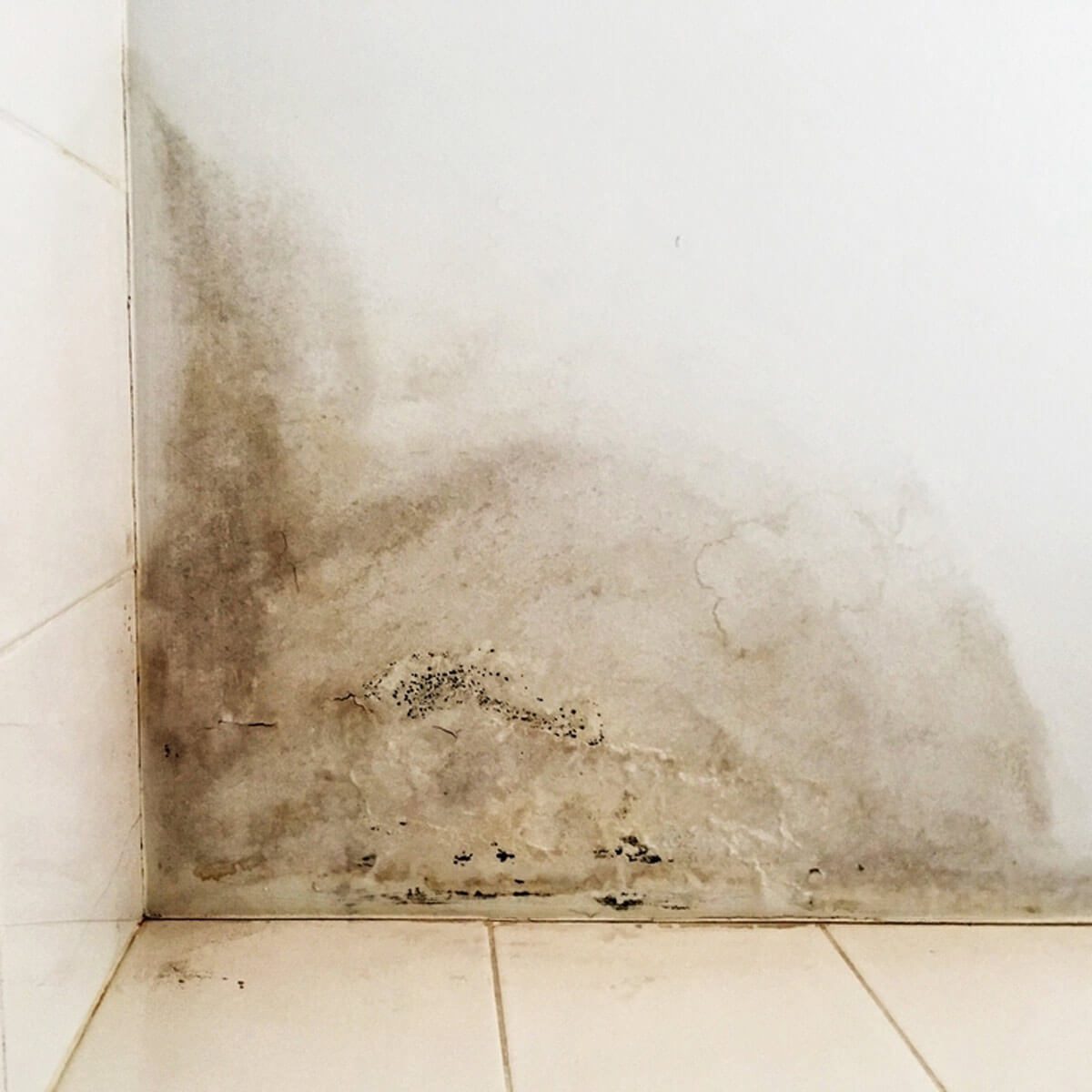Do's & Don'ts of Water Damage.
Do's & Don'ts of Water Damage.
Blog Article
We've stumbled upon this great article relating to Reducing Your Risk Of Water And Fire Damage At Home below on the net and accepted it made sense to discuss it with you on this page.

Though water provides life, water invasion on components where it's not expected to be can lead to damage. If the water saturates into your structure, it can peel off away surfaces and also wear down the foundation. Mold as well as mildew additionally prosper in a wet atmosphere, which can be hazardous for your wellness. Houses with water damage scent old and also moldy.
Water can come from many sources such as hurricanes, floodings, ruptured pipes, leakages, as well as drain issues. In case you experience water damage, it would be great to understand some security precautions. Here are a few guidelines on just how to deal with water damage.
Do Prioritize House Insurance Policy Protection
Water damages from flood because of heavy winds is seasonal. Nevertheless, you can also experience an abrupt flooding when a malfunctioning pipeline instantly bursts into your residence. It would certainly be best to have home insurance policy that covers both acts of God such as all-natural catastrophes, and emergencies like damaged plumbing.
Don't Fail To Remember to Shut Off Energies
This cuts off power to your entire house, preventing electric shocks when water comes in as it is a conductor. Don't fail to remember to transform off the primary water line valve.
Do Keep Proactive and Heed Climate Informs
Storm floodings can be extremely unpredictable. Stay prepared as well as positive if there is a history of flooding in your neighborhood. Pay attention to emptying warnings if you live near a river, creek, or lake . Secure valuables from the first stage and basement, then placed them on the highest possible level. Doing so lowers prospective property damages.
Do Not Ignore the Roofing System
You can prevent rain damage if there are no holes and leakages in your roof. This will protect against water from moving down your wall surfaces and also saturating your ceiling.
Do Pay Attention to Tiny Leakages
A ruptured pipe does not take place overnight. Normally, there are red flags that suggest you have actually deteriorated pipelines in your home. For example, you may notice bubbling paint, peeling wallpaper, water streaks, water stains, or leaking audios behind the walls. Ultimately, this pipe will burst. Ideally, you need to not wait on things to intensify. Have your plumbing fixed prior to it causes substantial damage.
Do Not Panic in Case of a Burst Pipe
Keeping your presence of mind is vital in a time of crisis. Due to the fact that it will suppress you from acting quickly, panicking will only intensify the problem. Timing is crucial when it comes to water damage. The longer you wait, the even more damages you can anticipate. Hence, if a pipeline bursts in your residence, promptly shut down your primary water valve to cut off the resource. After that disconnect all electrical outlets in the area or turn off the breaker for that part of your home. Call a credible water damages remediation expert for support.
Water provides life, water invasion on components where it's not meant to be can result in damages. Houses with water damages smell mildewy and also old.
Water damage from flood dues to hefty winds is seasonal. You might notice bubbling paint, peeling off wallpaper, water streaks, water stains, or leaking sounds behind the walls. When it comes to water damages, timing is essential.
Some Do's & Don't When Dealing with a Water Damage
DO:
Make sure the water source has been eliminated. Contact a plumber if needed. Turn off circuit breakers supplying electricity to wet areas and unplug any electronics that are on wet carpet or surfaces Remove small furniture items Remove as much excess water as possible by mopping or blotting; Use WHITE towels to blot wet carpeting Wipe water from wooden furniture after removing anything on it Remove and prop up wet upholstery cushions for even drying (check for any bleeding) Pin up curtains or furniture skirts if needed Place aluminum foil, saucers or wood blocks between furniture legs and wet carpet Turn on air conditioning for maximum drying in winter and open windows in the summer Open any drawers and cabinets affected for complete drying but do not force them open Remove any valuable art objects or paintings to a safe, dry place Open any suitcases or luggage that may have been affected to dry, preferably in sunlight Hang any fur or leather goods to dry at room temperature Punch small holes in sagging ceilings to relieve trapped water (don't forget to place pans beneath!); however, if the ceiling is sagging extremely low, stay out of the room and we'll take care of it DO NOT:
Leave wet fabrics in place; dry them as soon as possible Leave books, magazines or any other colored items on wet carpets or floor Use your household vacuum to remove water Use TV's or other electronics/appliances while standing on wet carpets or floors; especially not on wet concrete floors Turn on ceiling fixtures if the ceiling is wet Turn your heat up, unless instructed otherwise

We were made aware of that write-up on Reducing Your Risk Of Water And Fire Damage At Home from a friend on a different web page. Do you know somebody else who is fascinated with the topic? Feel free to promote it. Many thanks for your time. Visit us again soon.
Report this page